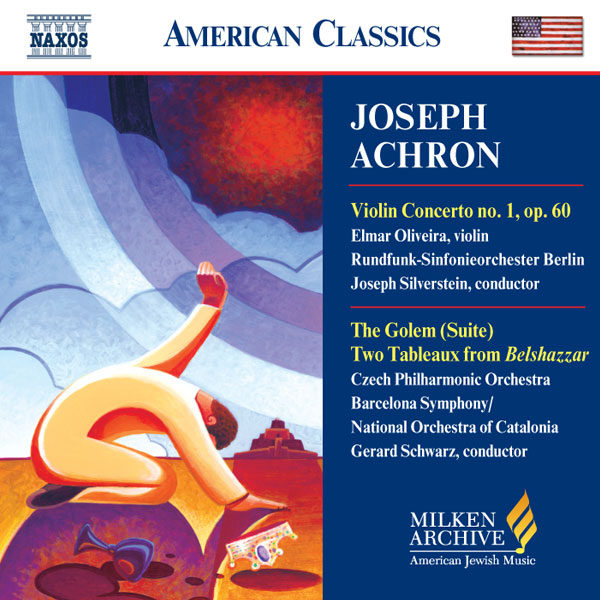Tracks
Liner Notes
In the Book of Daniel, the biblical Belshazzar is the last king of Babylon and the son of Nebuchadnezzar, who was king at the time of the Babylonian captivity and destruction of Jerusalem. The biblical story contains a dramatic scene at a banquet given by Belshazzar for his court, where they committed further desecration after the fact by singing worshipful praises to idols and drinking wine from sacred vessels that had been looted from the Temple in Jerusalem. When the image of a mysterious hand appeared and wrote four cryptic words on a wall—mene mene tekel ufarsin—Daniel was summoned to decipher them. He translated them for the assemblage as a warning to Belshazzar of the impending fall of Babylon. Indeed, in the biblical account, Belshazzar was killed the same night and was succeeded by Darius of Mede as the ruler of the known world’s largest empire. (According to more historical documents and accounts, Babylon was conquered by Cyrus, the king of Persia. Also, it is now accepted that Belshazzar was not actually Nebuchadnezzar’s son, although he appears to have been regent of Nabonidus, the last historical king.)
The Belshazzar story has inspired numerous literary, visual, and musical works over the centuries. Although it was viewed in the Middle Ages in relation to the concept of the Antichrist, with Belshazzar as its precursor, from the Renaissance on, interest in the story focused on its sheer dramatic parameters rather than its theological significance. Among the many important literary works of the modern era are Lord Byron’s poem Vision of Belshazzar, which he included in his 1815 publication of Hebrew Melodies, and Heinrich Heine’s Belsazar (1827). Among the most famous musical works are Handel’s oratorio Belshazzar (1745) and William Walton’s Belshazzar’s Feast (1931).
In 1924, living in Berlin immediately following his emigration from Russia, Achron wrote the incidental music for a play entitled "Belshazzar", which was produced in Hebrew that same year by the TAI—Teatron Eretz Israeli. Authorship of the play is credited to one Henia Roche, whose identity remains unclear. Scholars of Jewish theater in Germany during that period have offered varying suggestions regarding its origin and the question of whether Roche was the playwright or the translator of an earlier German play. According to one account, the play was found in the Berlin Staatsbibliothek. Menahem Gnesin, its director for the TAI production, claimed that he first discovered it in Hadoar, a Hebrew literary journal in which it did appear in 1904. More recently it has been claimed that the play was actually by Heinrich Heine (who wrote the earlier poem on the Belshazzar story), that the name Roche was used as a pseudonym, and that the version in Hadoar was a translation from the German.
During his American period, Achron created an independent concert work from two scenes of his original score, which he rewrote and reorchestrated for large orchestra in 1931 under the present title. The lavish scoring calls for twenty-eight wind instruments, harp, and a large section of assorted percussion—in addition to strings. The work climaxes with the startling scene at Belshazzar’s feast.
Credits
Composer: Joseph AchronPerformers: Barcelona Symphony-National Orchestra of Catalonia, Barcelona Symphony/National Orchestra Of Catalonia; Gerard Schwarz, Conductor
Performance materials provided courtesy of the Edwin S. Fleischer Collection
